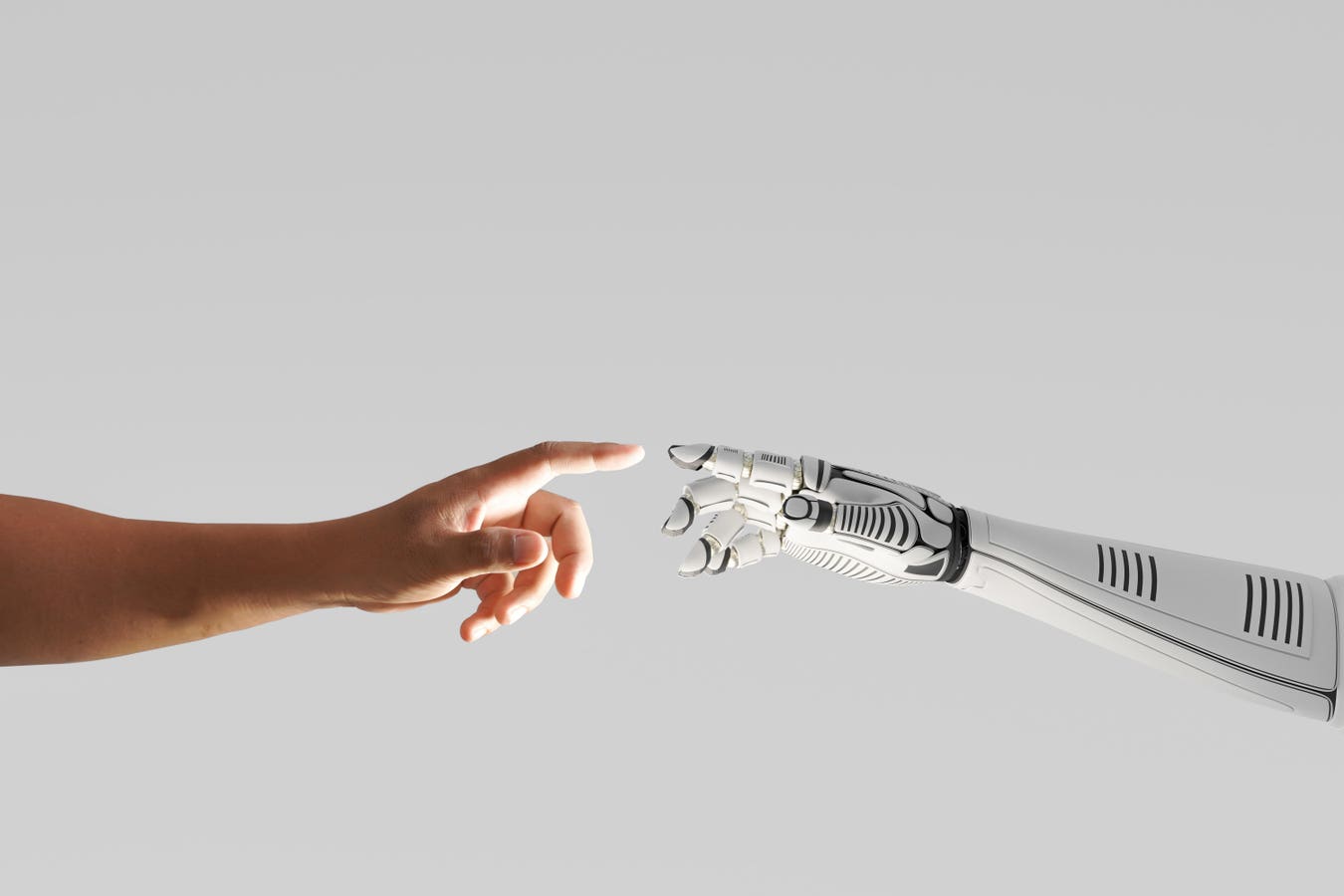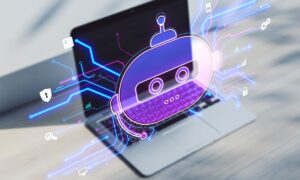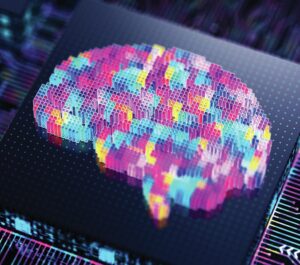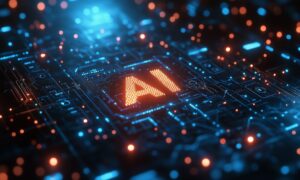Navigating the Balance Between Corporate Efficiency and Creative Integrity in Artificial Intelligence

The Rapid Growth of Generative AI and Its Impacts
Understanding the Generative AI Market
The generative AI market is experiencing a remarkable surge. In just two years, it leaped from a valuation of $191 million in 2022 to an estimated $25.6 billion by 2024. Projections indicate that this sector could escalate to $1.81 trillion by 2030. A noteworthy trend is the rising investment in AI companies, which accounted for nearly half of all venture capital funding in the fourth quarter of 2024. This dramatic growth signals a significant shift in how work is done across various fields, including healthcare, entertainment, and beyond.
The Divide in Perceptions and Consequences
Optimism Among Business Leaders
Many leaders in technology are excited about the potential of AI. A recent survey from 2025 indicated that 89% of global CEOs view AI as vital for future business success and profitability. They see AI revolutionizing aspects such as ideation, research, and business strategy, boosting efficiency and innovation within organizations.
Challenges for Workers
In stark contrast, many creative professionals and entry-level workers are facing job insecurity. In 2024 alone, over 150,000 tech jobs were lost, with companies citing AI efficiencies as the primary reason. Current estimates for 2025 show that over 24,000 positions have been cut so far. Reports suggest that 41% of surveyed organizations anticipate jobs being cut over the next five years due to skills becoming redundant. This presents a grim reality for many workers as the AI landscape evolves.
The Economic Perspective on AI Integration
Kristalina Georgieva, Managing Director of the International Monetary Fund, points out the dual nature of AI’s impact. She notes that while about 60% of jobs in advanced economies could be affected by AI, half of these roles could benefit from improved productivity. However, the other half may face diminished demand and job loss, leading to lower wages and fewer hiring opportunities.
Intellectual Property Concerns
Creative professionals are not just worried about job security but also about their artistic identity and ownership of their work. Instances have emerged where artists’ work has been used to train AI without consent or compensation. For example, authors have found their books incorporated into databases used to train large language models, raising significant ethical questions about intellectual property rights.
Expressing Artistic Identity
Photographer Jingna Zhang has highlighted these issues in her blog, emphasizing that their art is tied closely to their identity. She recalls the emotional toll faced by artists when their work is exploited without recognition or respect.
Bridging the Gap
As the benefits and burdens of AI continue to diverge, a noticeable class divide is emerging. While tech elites stand to gain wealth and influence, many workers are left grappling with economic anxiety and uncertainty.
Many individuals are already feeling the financial pressure, with around 11.1% of Americans living below the poverty line and a significant number of families living paycheck to paycheck.
The Positive Aspects of AI
Despite the challenges, AI also holds the promise for beneficial advancements. It has the capability to help develop medical treatments and enhance environmental management. Nonetheless, there is a legitimate concern that AI could exacerbate economic disparities, reinforce biases, and exploit natural resources.
Actions for Leaders and Workers
Recommendations for Business Leaders
Upskill Your Workforce: Leaders can prioritize training employees in AI tools. For instance, Dan Shapiro, CEO of Glowforge, has made AI proficiency a key requirement, ensuring all employees can effectively use AI systems.
Reskill When Necessary: Companies can respond to technological shifts by redeploying staff into new roles. Ambika Singh, CEO of Armoire, adapted by moving employees from traditional roles to positions focused on upcycling clothing.
- Emphasize Diversity: Hiring a diverse team is crucial. A lack of representation can lead to significant AI biases. For example, studies show that medical AI models often fail to identify diseases in underrepresented groups, highlighting the need for a more inclusive workforce.
Suggestions for Workers
Educate Yourself on AI: Understanding the fundamentals of AI and its applications is essential for all workers. Individuals should familiarize themselves with both the advantages and limitations of AI tools.
Learn to Utilize AI: Gaining proficiency in AI applications is becoming vital. Harvard studies indicate a gender gap in AI use, which could affect career advancement.
- Diversify Income Sources: With the current volatility in the job market, pursuing multiple income streams can provide greater security. Many individuals are already engaging in side hustles to supplement their primary income, indicating a shift towards ‘portfolio careers.’
By engaging in constructive dialogue and prioritizing both education and inclusivity, workers and leaders can navigate the extensive changes that generative AI is bringing to the workforce.





